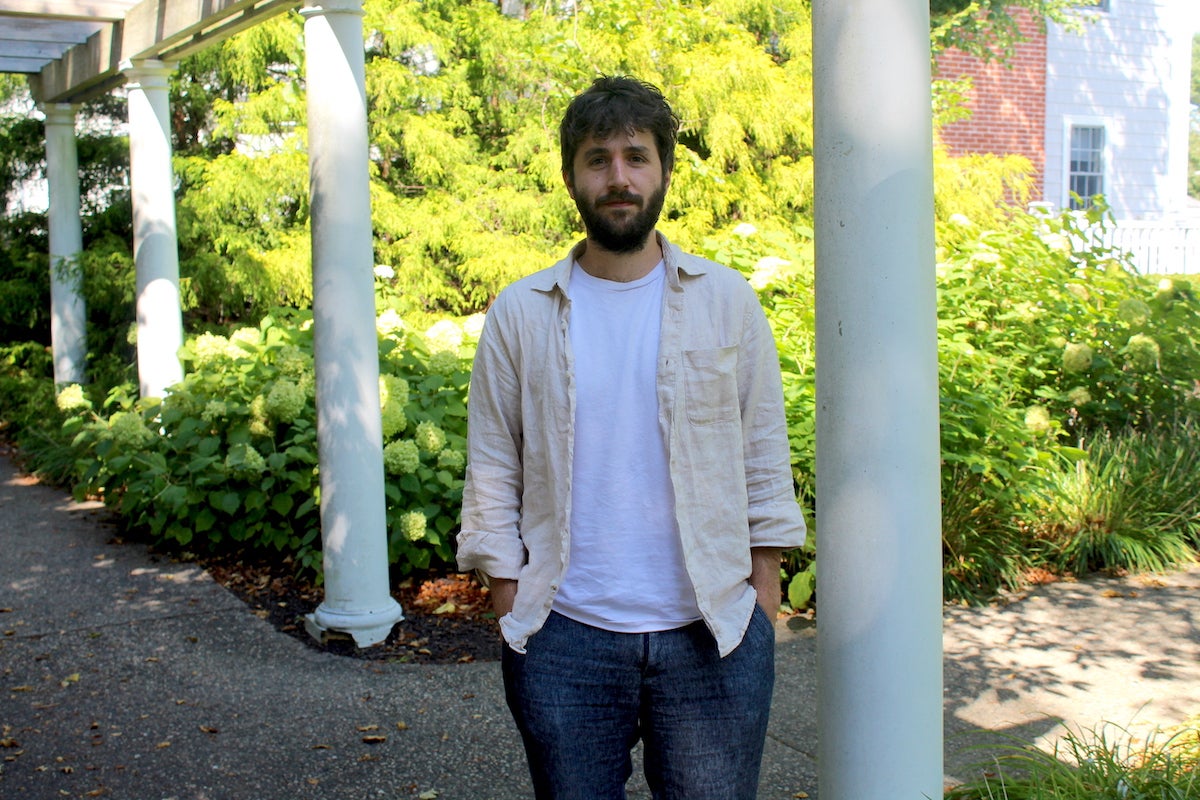Psychology Ph.D. candidate’s study funded by $100,000 federal grant
Returning to one’s usual routine after residential opioid treatment is a sensitive time during which patients are often susceptible to returning to use, putting them at risk of overdosing and even dying. Yet little is known about the treatment patients receive—or lack thereof—during this extremely high-risk transitional period.
University of Rhode Island Ph.D. candidate in psychology Noam Newberger aims to shed light on continuing care options for patients leaving residential treatment facilities. Funded by a two-year, $100,000 grant from the National Institute on Drug Abuse, Newberger will examine whether patients seek out treatment once they return to their communities after residential opioid treatment, what form that treatment takes, and what barriers they may face, with the ultimate goal of helping make treatment more accessible for people who want continuing care.
“We know this period is a pretty intense transition. Supports that were once immediately available may no longer be as accessible, and individuals may return to substance use pretty soon after leaving residential treatment settings,” Newberger said. “We also know that returning to substance use—especially opioid use—after any prolonged abstinence can come with greater harms, including overdose and even risk of death. This transition period is a vulnerable time for people if they don’t have the supports and resources available to them.”
Newberger’s study expands on previous work by URI psychology Professor Nicole Weiss. He will examine data from interviews with people in residential opioid treatment to determine their motivations to seek treatment: Do they want to stop using opioids, continue to use but seek harm reduction techniques, or opt out of treatment altogether?
“What I am interested in looking at is where these people are going after they leave residential treatments, what supports are they seeking out, what formal treatments are they engaging in after they leave this very structured setting,” Newberger said. “What are people actually doing when they go back out into the community? The first aim is to understand and characterize where people are going and what are they doing for treatment after leaving residential settings. This will help us understand where breakdowns in continuity of care are occurring, and where interventions might be most effective.”
After an introductory interview, each of the 150 participants will receive an app on their phone, which will send them surveys three times a day for the next 30 days, asking about their mood, activities, substance use, and what types of treatment they may have sought—including medications like buprenorphine, individual therapy with a physician, group treatment in an organization like Narcotics Anonymous, etc. They then come back in for a second interview to get a more in-depth understanding of what their experience was over the previous month.
“The second aim is trying to get a sense of what factors in someone’s life—whether it’s a structural, environmental factor like insurance or transportation, or an individual factor like mental health symptoms—facilitate their engagement in treatment or might serve as a barrier to treatment,” Newberger said. “If someone has more intense mental health symptoms, for example, does that mean they are more likely to engage in treatment, or less likely?”
Newberger will use machine learning to build prediction models that will identify who might be at risk for not engaging in treatment, or who might be more likely to engage in treatment, potentially easing the steep drop-off from the structured setting of a treatment facility with 24-hour care to suddenly being back in their prior environment responsible for seeking care themselves.
“We still have a lot to learn about this period when people are leaving residential settings,” Newberger said. “I’m hoping this research will shine a light on where people are going for treatment, the barriers they face, and the factors that make treatment more accessible. Ultimately, my goal is for this research to inform continuity of care during this high-risk period and help people get the treatment they are seeking.”

